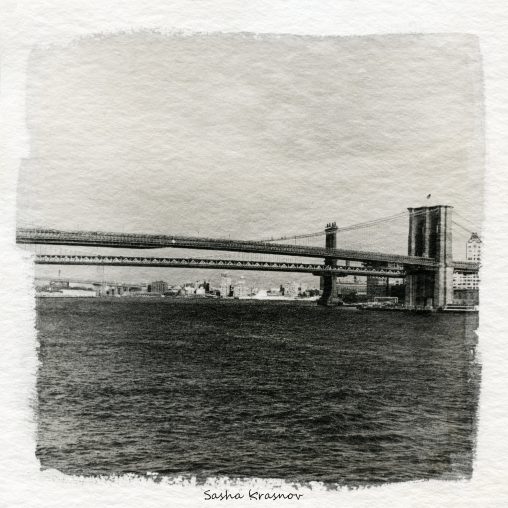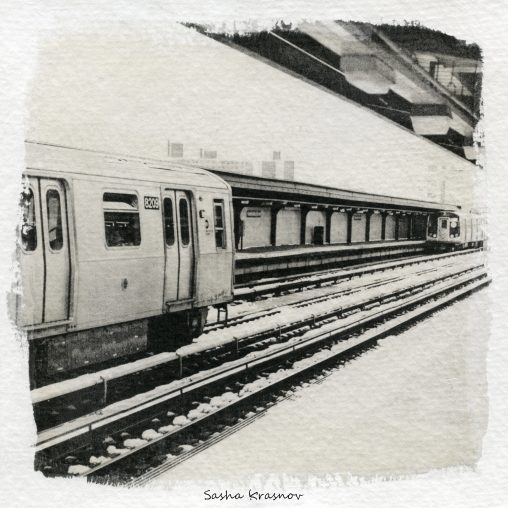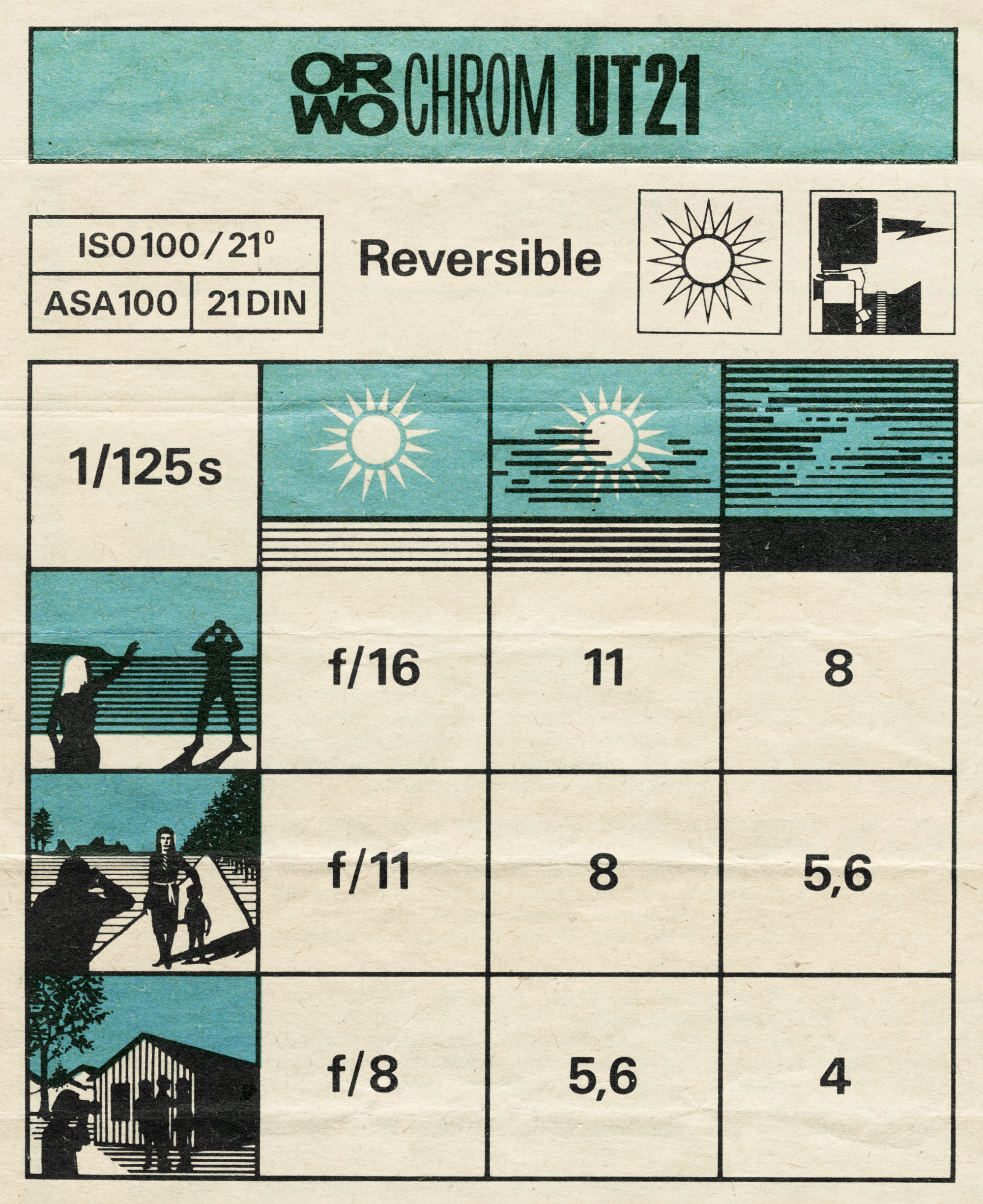At first, I planned to write a very detailed blog entry about my trip to New York but when I put all the prints together and tossed out less impressive works, I understood that the remaining material won’t be enough for a complete story and that every image makes for a separate story at it is.
Architecture
New York is an interesting city in terms of its mix of architectural styles. Here different epochs peacefully co-exist with each other: buildings from the 1900s stand side by side with those built in the 2000s, but together they look absolutely harmonious as if complementing each other. It is because each building has its own beauty and when you put two beautiful things next to each other, their beauty is multiplied.
East River
East River separates the Bronx in the north and Manhattan in the south from Brooklyn and Queens which is on Long Island. East River is traversed by several old and impressive bridges, such as the Brooklyn Bridge, the Manhattan Bridge, the Williamsburg Bridge, and the Queensboro Bridge.
The Brooklyn Bridge is one of the oldest suspension bridges in New York. It is a masterpiece and a paragon of engineering prowess — beautiful, solid, reliable.
New Yorkers
New York residents enjoy doing different things:
Coney Island
Coney Island is a favorite leisure area of all New Yorkers in summer. But in winter it doesn’t enjoy many visitors because of cold Atlantic winds and its rather bleak appearance.
New York has…
It is a very big city where you can find lots of interesting things:
New York City is, in reality, a way more multifaceted city than I managed to show. Much more time is needed to explore it well, which unfortunately I lacked.
P.S.
All the prints are made on various watercolor papers including Hahnemühle, Canson, and Lana using liquid photographic emulsion — a kind of alternative printing process. See my article Liquid emulsion printing process for more information about the printmaking process or ask me questions to get more details about the prints.






















Ryser Marcel
Your photos and prints are awesome !
Thanks for publishing !
Marcel (from switzerland)
Do you use your pentax 67 for street photography?
Sasha Krasnov
Thanks for the comment, Marcel! Yes, sure, I only use it. My primary lens for street photography is a 90mm lens. Check my review on Pentax 67 90mm F2.8 lens. It contains some street photography images.
Marcel Ryser
Thanks !
Sasha Krasnov
It’s my pleasure!
Tony
Hi Sasha
Love your Venice, Street and New York pictures. A few questions, if that’s OK?
What kind of photos are suitable for emulsion development? High or low contrast?
What print developer do you use and how long dies the development take? Or do you develop by inspection?
How many coats of Foma Emulsion? 2?
I hope I am not asking too much.
Thanks
Sasha Krasnov
Hi Tony,
Thank you so much for the feedback!
1) Higher contrast images are more suitable for liquid emulsion printing. It is easier to control contrast which is always insufficient when working with liquid emulsion and watercolor paper in my opinion.
2) I use Kodak D-9, high contrast developer because I like the images to have enough contrast.
3) I coat the paper twice. Fomaspeed emulsion being melted is not so liquid to be easily applied on the watercolor paper, especially on 100% cotton paper. I take a bit of emulsion and add to it about 25% (by weight) of distilled water, and melt it together. The emulsion becomes more fluid and easier to apply on the paper surface, making possible a steady layer. After about 15-20 min I apply the second layer and leave the paper drying for at least one hour.
I think you should practice and develop your own methods using any recommendation as a starting point only. Do not hesitate to ask me other questions. I am so enjoying to answer your questions 😉
Jacob
Hi Sasha
Lovely work. Regarding Foma emulsion, which I quite like, I am having trouble getting good highlights. The shadows and blacks are great. I am coating the paper twice. I have tried both Dektol and Ilford Multigrade.
Curious if you have any suggestions?
Thanks
Jakob
Sasha Krasnov
Hi Jacob,
Thank you for appreciating my work! I use Kodak D-9 lith-like high-contrast developer exposing the paper usually using short exposure and developing to the required black tones. So, in this way white remains white. In 1 liter it is possible to develop 3-4 pieces of 18x24cm paper size. Hope it would help you.
Btw, now I quite happy with another extreme contrast developer — Kodak D-8 😉
Jacob
Thank you for the feedback Sasha.
Do you do single or double coats with Foma Emulsion?
Kind Regards
Jacob
Sasha Krasnov
I do double coating using a synthetic brush. But I cover each layer in a perpendicular direction to each other. Also, Foma emulsion is a bit thick (viscous?) to make a uniform layer. So. I dilute it with a distilled water by 20-30% to the batch’s initial weight. In a nutshell, it should be like dough for pancakes. But it is quite difficult to describe, you need to make some tests on a small portion of the emulsion. Try to dilute it by 10% of water. Then if you realize that it is too thick, you should use a more diluted emulsion. When the emulsion is “too thick” it will be difficult to make a uniform layer. You have to try it at first and I think you will find a proper “thickness” for your needs after series of tests. Also, let the paper dry for about an hour before proceeding to the next layer.
Sorry for the late reply.
jon
have you ever done contact print from large format negative onto liquid emulsion on glass? I am wondering if that would work or be too sticky.
Thanks
Sasha Krasnov
Yes, I experimented with 9x12cm glass plates and had no issues with them. What kind of problem do you expect to face?
U
Just that the glass might be sticky
Sasha Krasnov
I made a couple of dry plates using Fomaspeed liquid emulsion for the old 9x12cm plate camera. The result was quite fine. Thus, I do not expect any serious problem making contact print on a dry plate.
Xaquin Rosales
Hello,
I would like to know more about the liquid emulsion process:
– Materials and where to buy
– Detailed description of the process
I have experience the black and white laboratory.
Thanks!
Sasha Krasnov
Hi,
thank you for your interest in my work 😉
You may use any material: paper, glass, stone, plastic, etc. I would recommend you start with paper, especially watercolour paper. It is up to you. But other materials may require a more complex stage of preparation: precoating with gelatin solution and emulsion hardening. When you have no experience you would better choose paper and make a lot of tests. I recommend Hahnemuehle’s papers, they produce stable results but are a bit expensive. The paper and brush you may get at a local art stop. The liquid emulsion you may order from an online shop. If you are in the EU take a look at Macodirect and Fotoimpex for Fomaspeed or Adox emulsions.
I have already described the whole process “in a nutshell” but the describing details will take a lot of time to give you a detailed answer right now in the comment. Now I am building an article about how to coat a paper with liquid emulsion. It is 50% of the whole process. So, please, stay tuned!